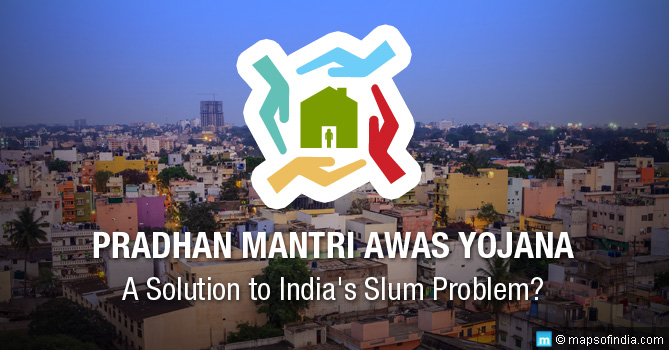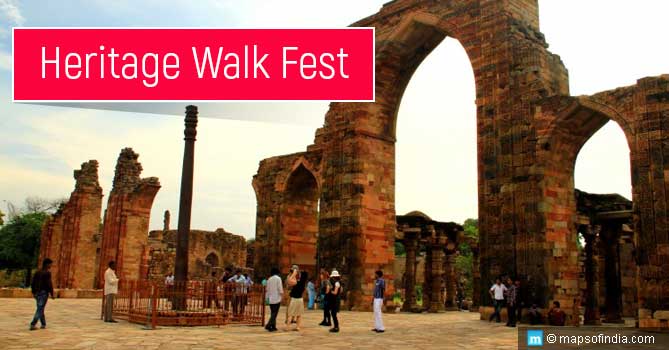The Forgotten People
In 2011, when the census data was revealed, Indians, at least those who could place themselves anywhere in or above the middle income group, let out a collective sigh. The number of slum dwellers in the country had gone up from 52 million (as reported in 2001) to 65 million. This represented almost 17 percent of the country’s urban population (at the time). Another half a decade has passed, and now the problem seems more deep rooted than ever. Recent reports suggest that by 2017, India’s population is likely to be 1.28 billion and the slum population is expected to grow to 104 million – about 9 percent of the total population.
Then again, somewhere between cheering for a 7.6 percent GDP growth rate, conducting surgical strikes, consolidating diplomatic ties, and placing 8 new satellites in space, this small but significant group of our people, the slum dwellers seem to have been forgotten. The question that we must ask is if these slum dwellers have really been forgotten. Or are we merely ignoring a problem that is staring us in the face? Are we ready to acknowledge that the existence of slums is the problem, not the presence of slum dwellers in our country? Are we ready to come up with a viable and sustainable alternative to slums?
In May 2015, even as the nation started to grapple with urban housing and settlement woes, the NDA government came up with a scheme, a yojana, that promised to bring great relief to urban dwellers and came as the perfect solution to the problem of slums in the country. “The country’s 40 per cent population lives in cities and it is the responsibility of the government to uplift their standards of living. We cannot leave them to their fate…The housing for all scheme will ensure every urban poor is enabled to own a house,” the PM had said during the launch of the scheme called Pradhan Mantri Awas Yojana (PMAY).
The government promised to construct about 20 million houses in the urban regions of the country by the year 2022. Applicants from lower income groups will be able to buy these low cost homes. Along with this, the government also promised to provide a heavily subsidised home loan enabling the poor to buy these homes. Complementing the PM Awas Yojana, the Prime Minister launched two other schemes – AMRUT (Atal Mission for Rejuvenation and Urban Transformation) and another for development of Smart Cities. Together the three schemes aimed at transforming urban landscape in the country.
Is Housing For All by 2022 Possible?
The dream of achieving over 20 million houses for the economically weaker sections and for the low income groups of society came as an uplifting vision for the country. After a year of the scheme launch, however, the government is nowhere near implementing the PMAY – at least not on the promised scale. According to the scheme some 3 million houses need to be built each year, but going by news reports from end June 2016 only about 1623 houses have been built. As of 25 June, 2016, only 7 lakh houses have been sanctioned thus far. 718 of these completed houses were built in Chhattisgarh, 823 in the state of Gujarat, and 82 in Tamil Nadu. The scheme promised an interest subsidy on housing loans of up to INR 6 lakh for applicants from the EWS and LIG families. The interest on these loans was pegged at 6.5 percent. A mere 7,700 loans have been sanctioned under this scheme. At this rate Housing for All by 2022 is likely to remain an unfulfilled dream.
Redevelopment of Slums
The greatest failure of the scheme comes from the redevelopment of slums project. The scheme banks heavily on private builders who shall take up area or land from existing slums and develop them into housing projects to be supplied to the EWS and LIG applicants. The idea was for these builders to rehabilitate slum dwellers in bits of the land they were allotted and construct on the remaining tract. Not a single house has been built on this model, say June 2016 reports. Some 51 projects based on this model were approved of which 45 were in Gujarat alone. None of these are near completion. Of the INR 412 crore assistance promised by the central government for the in-situ redevelopment of slums, only INR 79 crore has been released. No results to show, for this expenditure as well.
It does not come as a huge surprise that this redevelopment model has not taken off, though, say critics. This component of the PM Awas Yojana was modelled after the SRA scheme for redevelopment of slums in Mumbai. Only some 1 lakh slum dwellers have received houses under the SRA scheme in the past 15 years vis-a-vis a target of 24 lakh homes in the same period. Mumbai is home to Dharavi, one of the largest slums in the world, with a population of about 1 million. Lack of basic living conditions and sanitation is one of the greatest battles fought by Dharavi dwellers each day.
Far From Success
The second year’s PMAY report card promises to be somewhat better than the first year’s. According to the latest reports, some 19,255 houses were completed across India in the last few months. While this is a considerable improvement, it is nowhere near solving the housing woes faced by urban Indians, especially slum dwellers in the country. There may be a number of reasons for the sluggish pace of the scheme. Some blame excessive reliance on the private sector while others believe that the categorization of EWS and LIG is not proper and keeps intended beneficiaries from gaining access to the advantages. Whatever the reason, the slum dwellers of India require a complete, well-thought out and well implemented solution rather than much hyped and half hearted efforts.
Is PM Modi listening?
Read More:
Read Also:
Pradhan Mantri Awas Yojana – Additional Benefits To Urban Home Buyers
Schemes Launched by Modi Government
PM’s Employment Generation Programme (PMEGP) : Details, Benefits, Objective, Eligibility
Gram Uday Se Bharat Uday Abhiyan
Pradhan Mantri Jeevan Jyoti Bima Yojana (PMJJBY)
Pradhan Mantri Suraksha Bima Yojana (PMSBY)
Pradhan Mantri Kaushal Vikas Yojana
Pradhan Mantri Krishi Sinchai Yojana
Pradhan Mantri Awas Yojana (PMAY)
All Information about Digital India Programme
eBasta – Features and Benefit for students
Atal Mission for Rejuvenation and Urban Transformation
Mahatma Gandhi National Rural Employment Guarantee Act (MGNREGA)
Beti Bachao Beti Padhao Scheme
Swachh Bharat Abhiyan: Making India Clean & More






